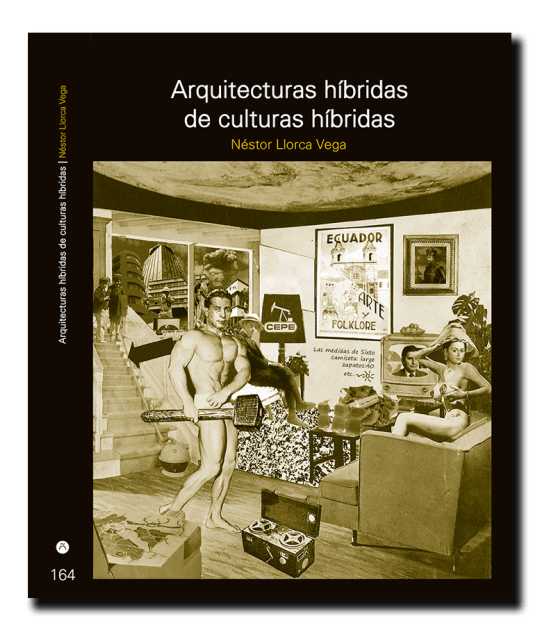Retrieves his initial learning, that always encourages, as a journalist, with this video - Taschen book makes an oral review with Hans Ulrich Obrist about Japanese Metabolism: extensive interviews with Arata Isozaki, Toshiko Kato, Kiyonori Kikutake, Noboru Kawazoe, Fumihiko Maki, Kisho Kurokawa, Kenji Ekuan, Atsushi Shimokobe, and Takako and Noritaka Tange
* Hundreds of never-before-seen images, architectural models, and magazine excerpts
Undoubtedly, a Taschen book to consider.
José Juan Barba.
"Once there was a nation that went to war, but after they conquered a continent their own country was destroyed by atom bombs... then the victors imposed democracy on the vanquished. For a group of apprentice architects, artists, and designers, led by a visionary, the dire situation of their country was not an obstacle but an inspiration to plan and think… although they were very different characters, the architects worked closely together to realize their dreams, staunchly supported by a super-creative bureaucracy and an activist state... after 15 years of incubation, they surprised the world with a new architecture—Metabolism—that proposed a radical makeover of the entire land... Then newspapers, magazines, and TV turned the architects into heroes: thinkers and doers, thoroughly modern men… Through sheer hard work, discipline, and the integration of all forms of creativity, their country, Japan, became a shining example... when the oil crisis initiated the end of the West, the architects of Japan spread out over the world to define the contours of a post-Western aesthetic...."
Rem Koolhaas / Hans Ulrich Obrist
Between 2005 and 2011, architect Rem Koolhaas and curator Hans Ulrich Obrist interviewed the surviving members of Metabolism—the first non-western avant-garde, launched in Tokyo in 1960, in the midst of Japan’s postwar miracle. The result is a vivid documentary of the last moment when architecture was a public rather than a private affair.
* Oral history by Rem Koolhaas and Hans Ulrich Obrist
* Extensive interviews with Arata Isozaki, Toshiko Kato, Kiyonori Kikutake, Noboru Kawazoe, Fumihiko Maki, Kisho Kurokawa, Kenji Ekuan, Atsushi Shimokobe, and Takako and Noritaka Tange
* Hundreds of never-before-seen images, architectural models, and magazine excerpts
Metabolism:Urbanism and Architecture
September 17, 2011 - January 15, 2012
Mori Art Museum, Roppongi Hills Mori Tower (53F), 6-10-1 Roppongi, Minato-Ku, Tokyo, Japan.









































